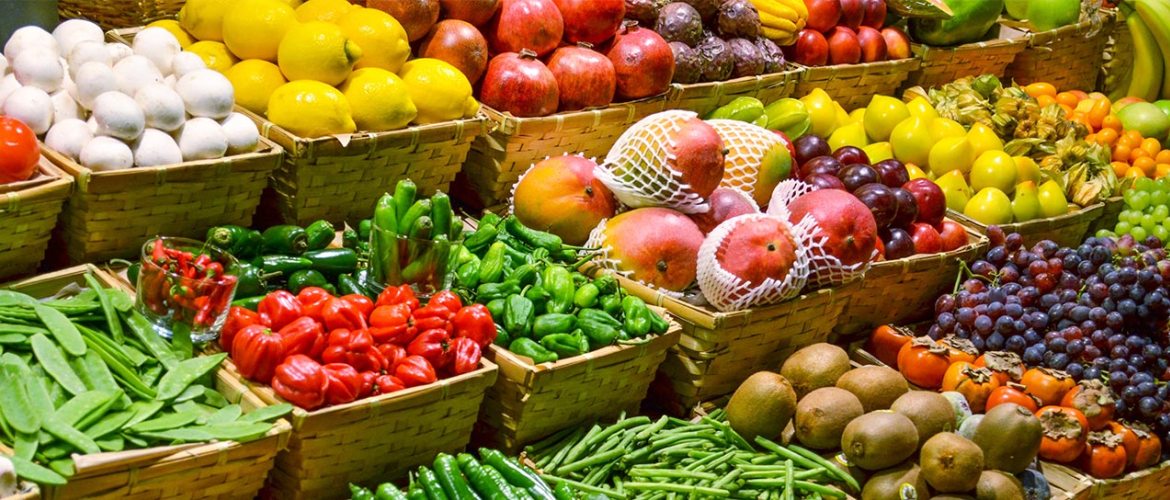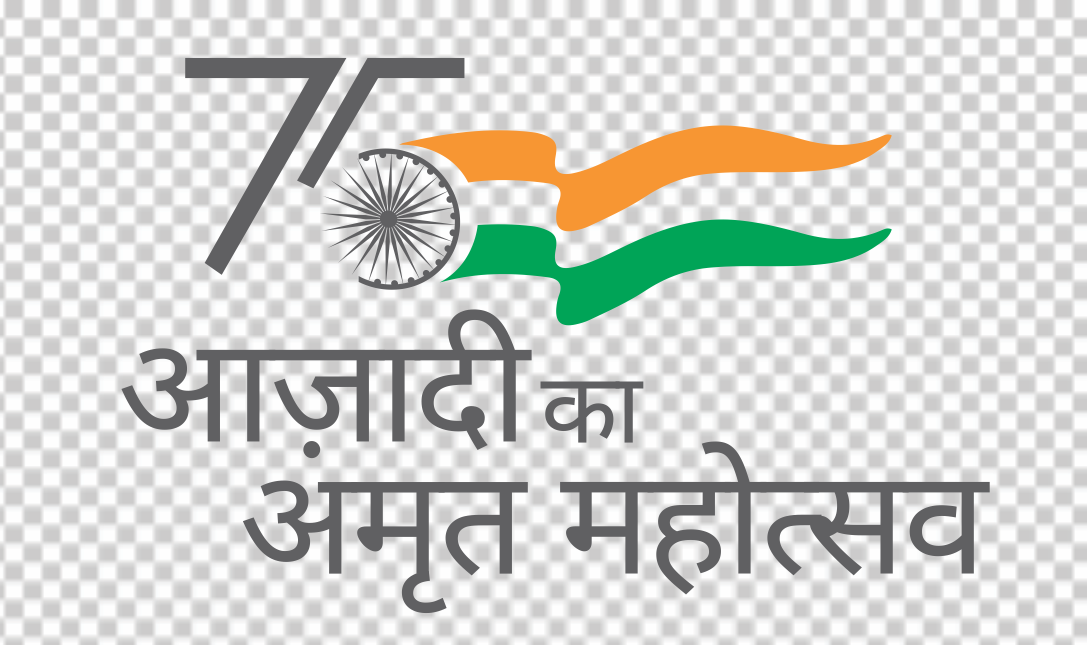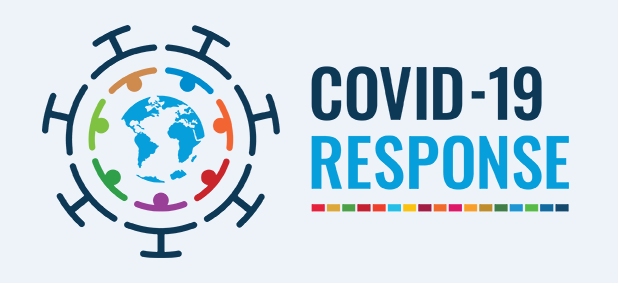Sustainable Food Systems in Post-pandemic India
Sustainable Food Systems in Post-pandemic India

Dr Kamalpreet Kaur
Visiting Research Fellow, IISD
Over the last few years, India has put its best foot forward in the effective implementation of Sustainable Development Goals (SDGs). The country has been focusing on holistic implementation of all the 17 SDGs including hunger and poverty eradication, protection of the environment, and sustainable water use, to name a few. Eradicating hunger (enlisted as SDG-2) ensuring food security, nutrition and sustainable agriculture is one of the foremost agenda. The current pandemic highlights the need to focus more vigorously on the sustainability of our food systems in a densely populated country like India where agriculture alone accounts for 15 percent of its GDP.
On March 25, 2020, India announced a complete lockdown amid coronavirus concerns. The lockdown slowed down the economy and forced many non-essential businesses to close, the food supply chain being an essential business remains open. Initially, there were concerns of disruptions in the supply chains. However, unlike many western countries where the recent pandemic shows the weaknesses in the supply chains, the demand-supply of basic food items remains intact in India. There are few learnings from this pandemic that can be the key takeaways for the effective implementation of SDGs in the near future. First, the coordination among government authorities, administrators, vendors, and producers worked really well in streamlining the supply chain ensuring that food reaches all parts of the country. In many urban and rural areas, authorities came with a plan to provide licenses to certain hawkers and local sellers to collect the food commodities from farmers markets and sell it at community levels hence, substantiating limited gatherings and supply of food items in a sustainable way. Additionally, voluntary efforts by various organizations, and communities assisted in providing food to the vulnerable and weaker sections of the society. Evidently, building a consensus among various stakeholders can be crucial in achieving SDG-2 goals.
Second, the availability of local food played an important role in continuing the food supplies. The diverse agro-climatic zones in India makes it possible to grow a wide variety of vegetables, fruits and crops across the nation, boosting our resilience in such crisis. It has been noticed that a new wave of interest for local foods has increased among consumers during this pandemic. The current unprecedented situation shows that the availability of local foods is not only sustainable as it shortens the supply chain but is also a major step towards reducing the greenhouse gas emissions of transporting food to long distances. Moreover,presently, the idea of urban farming is gaining momentum in several parts of the world. A study of the Institute for Sustainable Food at Britain’s University of Sheffield reports that the cities in the UK have sufficient land available to meet the fruit and vegetable requirements of its population. Similar plans for urban farming can be promoted in the metro cities and other densely populated cities of the country in order to corroborate food security and nutrition.
Apparently, so far the pandemic phase has shown the effectiveness of working together with new and innovative strategies. This lockdown experience can be used to lesson plans for our future in order to develop more resilient food systems. Alongside this, developing new policies considering the grass-root concerns of the local farmers and increasing investment in infrastructure & technology for sustainable agriculture should be the main focus. Building the capacity of farming communities on different issues such as reducing the agricultural footprints, reducing use of pesticide, conserving soil & water; crop diversification; and crop residue management can go a long way to meet SDG-2 and other SDGs. Additionally, these approaches can further assist in achieving India’s ambitious target of reducing the emissions intensity per unit of GDP by 33% -35% by 2030 relative to its 2005 levels as mentioned under its Nationally Determined Contributions (NDCs)
To summarize, it is imperative that the economy will take a longer time to recover, investing and planning to sustain agriculture will play an important role in the post-recovery phase to achieve targeted SDGs.
The Author is a Visiting Research Fellow at Indian Institute of Sustainable Development (IISD), New Delhi.

A street Hawker is selling vegetables in Sector - 37, Chandigarh during the Lockdown

(Photo Courtesy : Mandakini Thakur)
A street vendor in Roorkee, India is selling the local produce

(Photo Courtesy : Kalzang Mathus)
Author's father in Punjab is preparing his Kitchen Garden for growing seasonal vegetables

(Photo Courtesy : Amandeep Kaur)
The eco-rebels of the Himalayas
Source: YouTube: The eco-rebels of the Himalayas | DW Documentary










